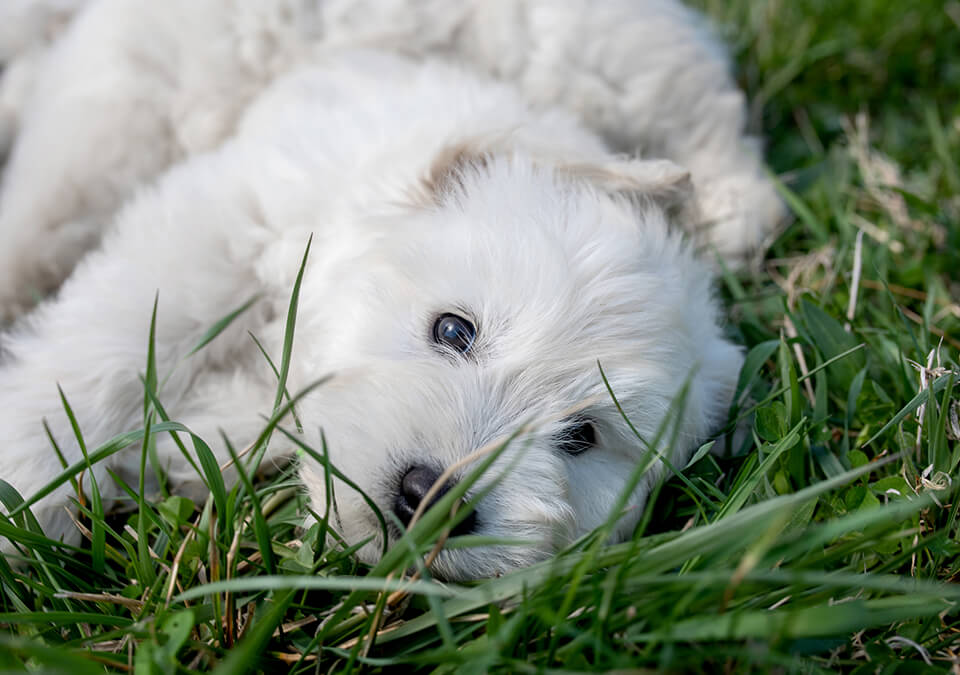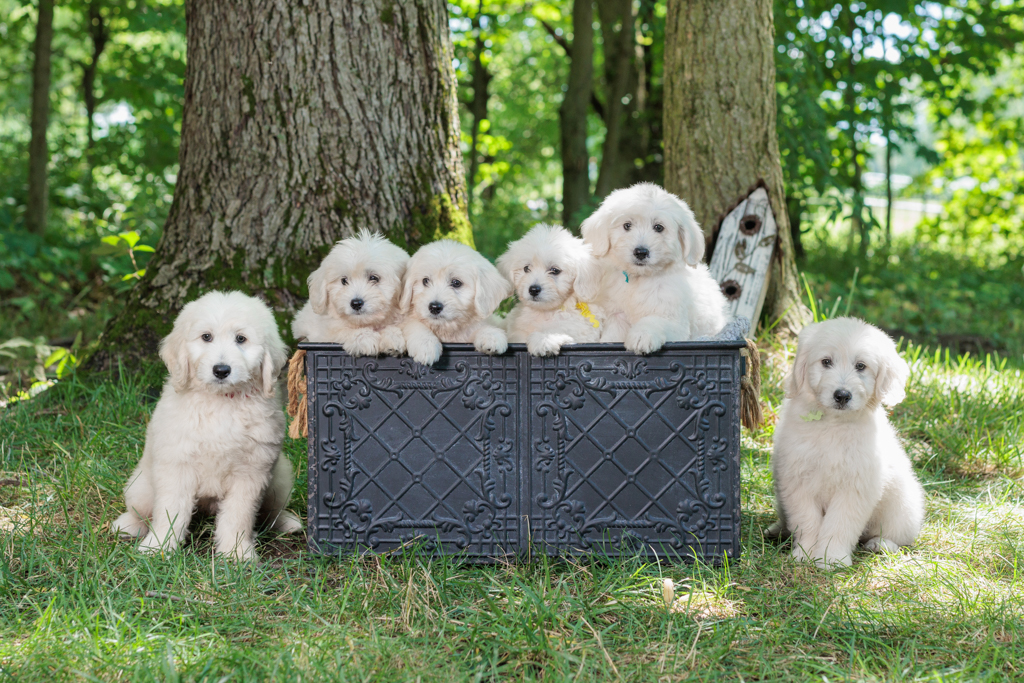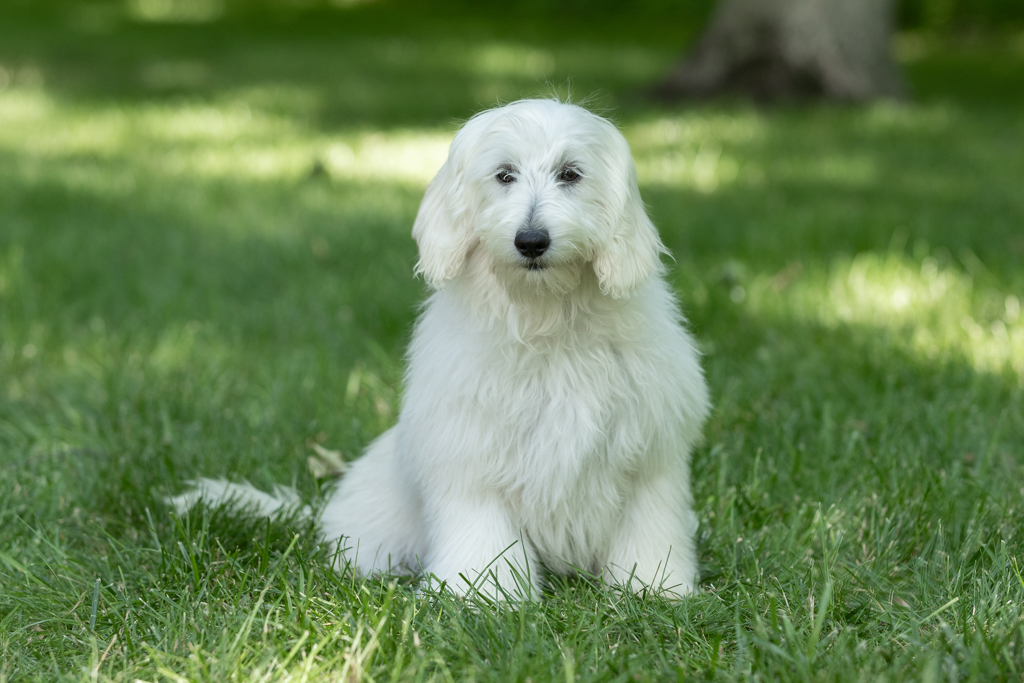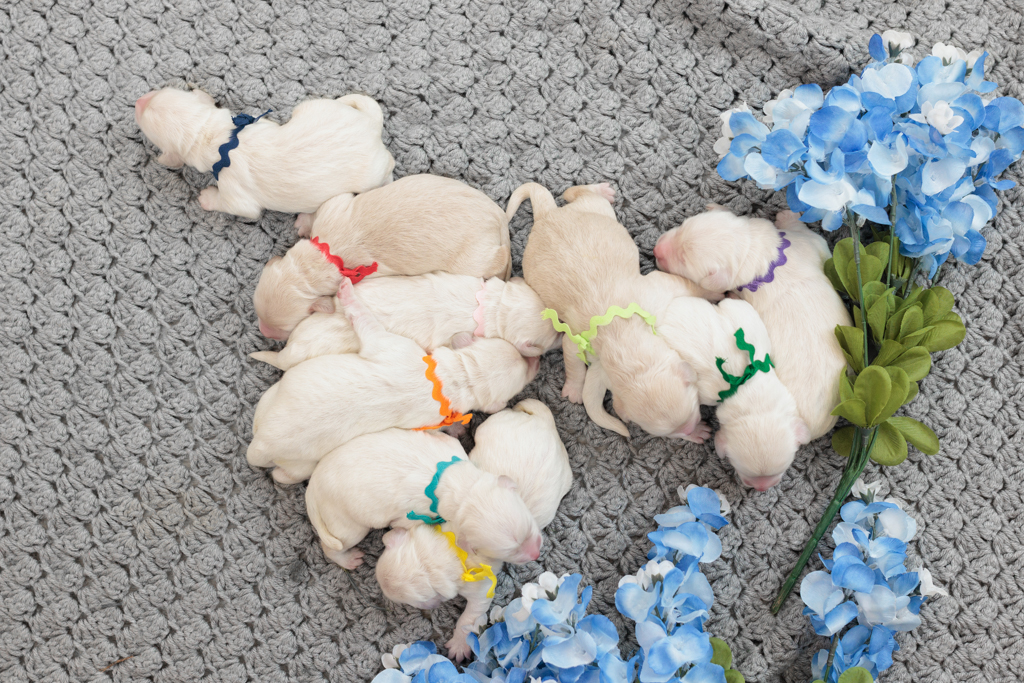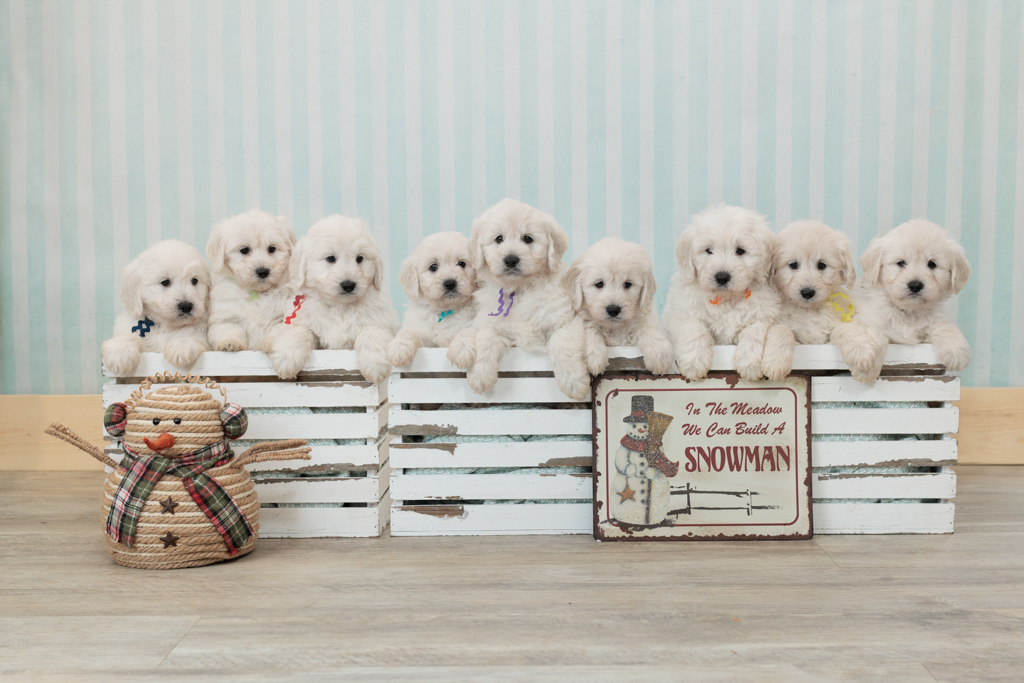Providing proper exercise and stimulation for your Mini Goldendoodle is a crucial aspect of responsible pet ownership. As an intelligent, energetic, and playful breed, Mini Goldendoodles thrive in an environment that allows them to burn energy and engage their minds. From physical activities to brain games, understanding your pet’s requirements and preferences is essential for keeping them happy, healthy, and well-balanced.
This comprehensive guide will walk you through the importance of exercise for Mini Goldendoodles and various types of exercises and activities that suit this unique breed. We’ll discuss how to ensure your dog’s safety while engaging in physical activity and how to prevent overexertion, particularly during extreme weather conditions.
In addition to maintaining their physical health, Mini Goldendoodles also require mental stimulation, which we will address by suggesting fun games and puzzle toys that challenge their intelligent minds.
The Importance of Exercise for Mini Goldendoodles
Mini Goldendoodles are known for their intelligence, energy, and playful behavior. While these traits certainly add to their charm and appeal, they also come with a responsibility to ensure their physical and mental well-being. Providing adequate exercise for Mini Goldendoodles is essential to maintain their overall health, happiness, and longevity.
Regular exercise offers numerous benefits for your Mini Goldendoodle, including:
1. Weight management: Consistent activity helps prevent obesity, reducing the risk of weight-related health issues such as diabetes and heart disease.
2. Strengthening muscles and joints: Exercise promotes physical strength and flexibility, which translates to improved mobility and reduced risk of injury or issues like hip dysplasia.
3. Behavioral benefits: A well-exercised Mini Goldendoodle is less likely to exhibit destructive behavior due to boredom or pent-up energy.
4. Mental stimulation: Engaging your Mini Goldendoodle in activities that challenge both their body and mind helps prevent boredom and promotes a balanced, well-rounded temperament.
Tailored Exercises for Mini Goldendoodles
To ensure your Mini Goldendoodle receives the appropriate level of exercise, it’s crucial to select activities that cater to their specific needs, size, and energy level. Here are a few examples of exercises well-suited to this unique breed:
1. Walking: A daily walk remains a reliable and straightforward exercise option. Aim for 30 to 45 minutes per day for adult Mini Goldendoodles, broken into two or more walks, as needed.
2. Fetch: This classic dog game not only burns energy but also promotes bonding between you and your pet. Mini Goldendoodles are often natural retrievers and will happily chase after a ball or toy.
3. Swimming: Swimming provides a low-impact workout that’s easy on joints and a refreshing activity during hot summer months. Start slow, and always supervise your Mini Goldendoodle while in the water.
4. Hiking: For more adventurous pet owners, taking your Mini Goldendoodle on a hike will not only challenge their physical capabilities but also stimulate their senses as they explore and experience different sights, smells, and sounds.
5. Indoor games: On days when outdoor play is less feasible due to poor weather, indoor games like hide-and-seek or tug-of-war can provide a valuable alternative to keep your Mini Goldendoodle entertained and exercised.
Safety Tips and Overexertion Prevention
While exercise is crucial for your Mini Goldendoodle’s well-being, it’s equally important to ensure their safety during activities. Here are a few helpful tips for keeping your dog safe and avoiding overexertion:
1. Gradual progression: Start slow when introducing new exercises or activities, gradually increasing the duration and intensity as your Mini Goldendoodle becomes more comfortable and conditioned.
2. Adequate hydration: Offer your dog plenty of water before, during, and after exercise, particularly during hot weather, to prevent overheating and dehydration.
3. Consider your dog’s age: Puppies and senior Mini Goldendoodles may require a gentler exercise regimen, tailored to their developing joints or reduced energy levels. Consult your veterinarian for age-appropriate guidance.
4. Leash safety: Keep your Mini Goldendoodle on a leash in any areas where they might encounter other dogs, wildlife, or traffic hazards.
5. Recognize signs of overexertion: Symptoms such as labored breathing, excessive panting, or a reluctance to continue an activity may indicate your dog is being overworked. Allow them to rest and adjust the intensity of the exercise accordingly.
Engaging Mini Goldendoodles with Mental Stimulation
In addition to their physical needs, Mini Goldendoodles require mental stimulation to maintain a balanced and happy temperament. Incorporating activities that challenge their intelligent minds will keep them engaged and help prevent boredom-related behavioral issues. Here are some activities and toys designed to provide mental stimulation for your Mini Goldendoodle:
1. Puzzle toys: Invest in a variety of puzzle toys that require your dog to solve a puzzle to access a treat or toy. This will engage their problem-solving skills and provide a rewarding activity.
2. Hide-and-seek: Play hide-and-seek with your Mini Goldendoodle by hiding treats or toys throughout the house and encouraging them to sniff them out. This game stimulates their natural instincts and provides mental engagement.
3. Obedience training: Regular training sessions that focus on reinforcing basic commands, such as sit, stay, and come, help keep your Mini Goldendoodle’s mind sharp and focused. Seek opportunities to teach new tricks that challenge their abilities, as well.
4. Socialization: Exposing your Mini Goldendoodle to different environments, people, and animals promotes adaptability and confidence. Organize playdates or visit dog-friendly parks to encourage engaging and healthy social interactions.
5. Interactive feeders: Instead of feeding your Mini Goldendoodle from a traditional bowl, consider using interactive feeders that require them to work for their meal. These devices can come in various forms, from slow-feed bowls to treat-dispensing toys.
Final Thoughts
Caring for a Mini Goldendoodle goes beyond providing food, water, and shelter. As an engaged and responsible owner, you must also attend to their physical and mental needs through appropriate exercise and stimulating activities. This comprehensive guide has provided valuable insights and suggestions for engaging with your Mini Goldendoodle and promoting their overall well-being.
Remember that your Mini Goldendoodle is a unique individual with their preferences, abilities, and limitations. By understanding their needs and keeping their best interests at heart, you can provide the love, stimulation, and exercise to ensure a long, happy, and fulfilling life together. The result is a healthier and happier Mini Goldendoodle and a stronger bond and cherished memories between you and your beloved furry companion.
If you want to add a Miniature English Goldendoodle to your family, reach out to us at Royal Minidoodles today!
